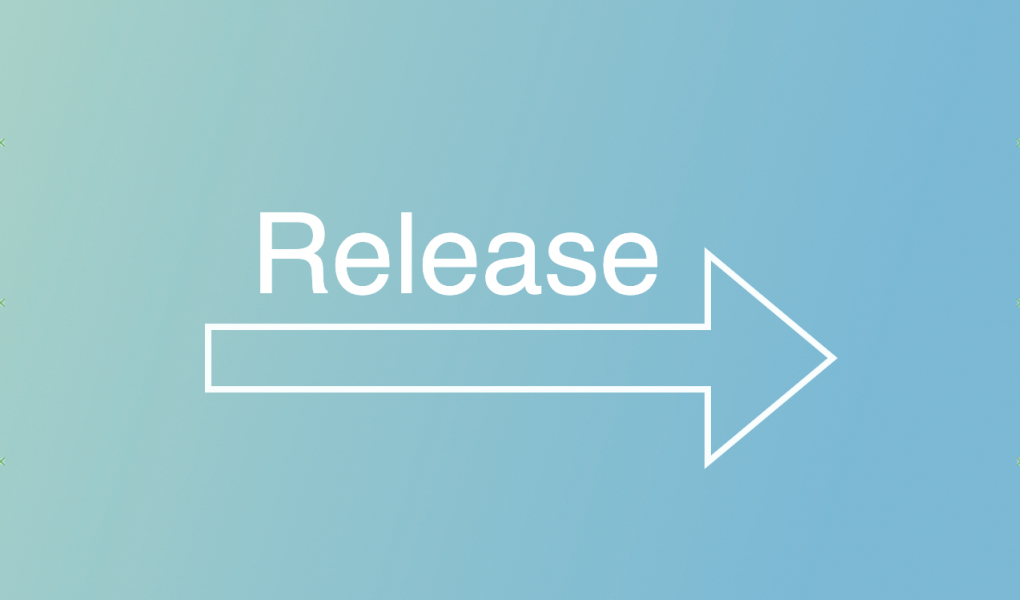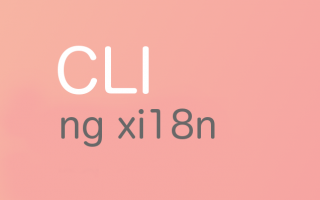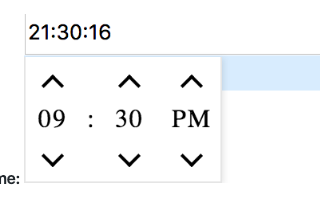Angular is a popular JavaScript framework for building web applications. The latest version of Angular, version 14, was released in April. In this article, we’ll go over what’s new in this release and how you can use it to build your next project.
The new date range picker is designed to work with @angular/forms.
The new date range picker is designed to work with @angular/forms.
The component has a lot of features and options, including:
- Date Range Picker
- Date Formatting and Separators
ngcc now has a –dry-run mode.
You may have noticed that the –dry-run mode is now available in ngcc. This is a new option which allows you to see what changes would be made if your application were being built with the new compiler.
This can be very useful in many circumstances:
- Testing changes before committing them to source control
- Testing changes before deploying them to production
The bazel builder now provides a way to load Angular binaries (such as zone.js) from yarn packages
The bazel builder now provides a way to load Angular binaries (such as zone.js) from yarn packages.
You can use this feature in your own project by adding the following line to the configuration file:
“`{% raw %} true “`
This will instruct Bazel to download, compile and run any binary files that you have added via an npm package dependency or yarn add command.
The compiler wrapper API is now complete
The compiler wrapper API is now complete. This means that you can create a wrapper around the compiler and hook into its compilation process, allowing you to implement your own custom error messages or support a new language version.
For example, imagine that you want to write an app that supports multiple languages (French and English). To do this, all your code must be translated from one language into another: for example, if French is used in HTML files but English is used in CSS files then some parts of your app will need translating before they can run properly on different platforms. In order to keep track of all these translations at once it might be useful if we could mark up each file so we know which language should be used where without having to go through every single piece manually; this would allow us do things like automatically generating localization files for our users with some simple text substitutions based on their device settings etc.
The “zone-less” change is coming in Angular version 15, so version 14 will be the last version that includes the dependency on Zone.js
The “zone-less” change is coming in Angular version 15, so version 14 will be the last version that includes the dependency on Zone.js. The “zone-less” change will make it easier to use Angular with server side rendering and other features like lazy loading and custom view bindings.
Conclusion
I’m excited about Angular 14 and the future of the framework. This is a great time to be a developer, because we’re only just starting to scratch the surface of what’s possible with Angular and its community partners. We’re moving towards something that is more modern without losing any of its power or flexibility, while still staying true to its roots in web development.



